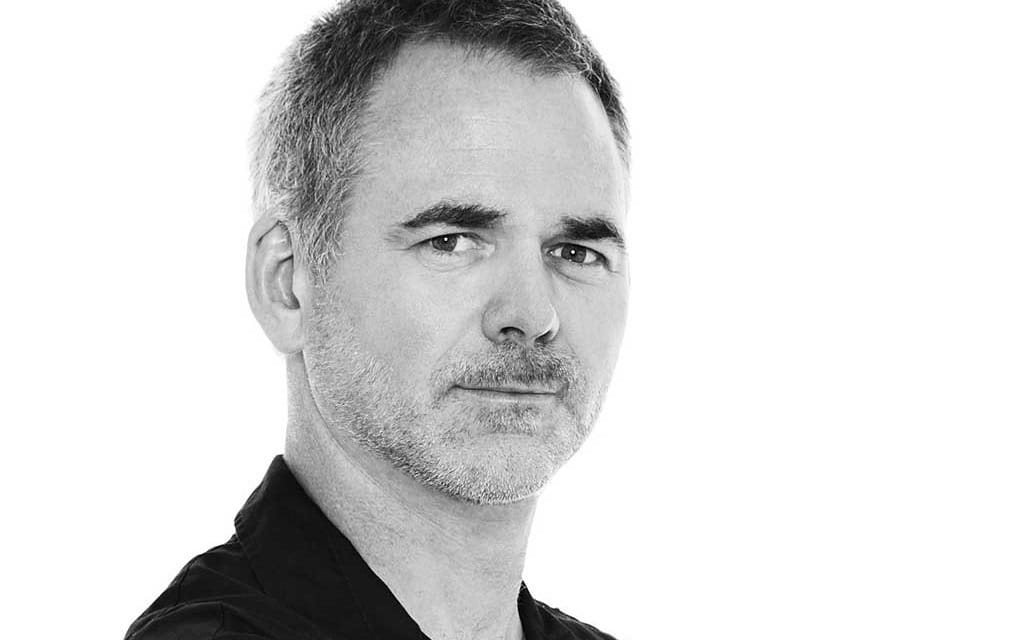For the editor of a Canadian motorcycle magazine, winter is approached with a peculiar mixture of relief and dread. Relief because the summer-and-fall dash to accumulate material to sustain the magazine’s content over the winter is over (the day after we photographed the Honda NM4 it snowed) and dread over the worry that we won’t have enough stories to see us to spring. But — professional anxiety aside — doing without riding is the best thing about being a Canadian motorcyclist.
With the leaves rotted to mulch and the skis waxed and the cellar fortified with wine, it’s time to ruminate on the season that was. And that’s winter’s essential gift, as reflection requires the cessation of the act. A man can’t mourn his love if she’s slumped over a plate of nachos on the sofa watching The Price is Right. First she has to pack her bags and split, and then, in her absence (only in her absence) she can be mourned. Now that our motorcycling, too, has packed its bags and fled, we can lament the times that were.
Despite becoming increasingly unhinged as the years tick past (once this summer I walked from the house to the garage wearing socks and sandals) I’m embarrassed to confess that my taste in motorcycles is becoming sensible. Mid-way from Montreal to Toronto last summer on a sexy-as-Bathsheba MV Agusta, I pulled into a rest stop, collapsed on the grass, kneaded my ass with my fingers in an attempt to regain feeling, and longed for a Honda. A few weeks earlier I’d ridden Honda’s NC750X halfway around Ontario picking up bits and pieces for my Ducati vintage racer (which keeps getting older but has yet to race). Honda, to prove to magazine hacks — and by extension, to you — that you don’t need to spend a fortune on an R1200GS to live the I’m-outta-here adventure-fantasy lifestyle, took the sensibly priced NC and spent a fortune on accessories. Nonsensical, perhaps, but it sure looked good, with the only blight to the Honda’s visage the vintage Ducati exhaust pipe that poked comically out of the top of the pannier.
Today the exhaust pipe for the Ducati vintage racer is propped in the corner of my kitchen, and it’s another reminder that the best ride of the summer was the one where I took the exhaust pipe on a tour of southwestern Ontario. The pipe and I had visited a specialist north of London to have a dent (in the pipe) removed, and then we rode south to Lake Erie. (I choked on my fish-and-chips in a lakeside town reading an advertising pamphlet that referred to the north shore of Lake Erie as “Ontario’s South Coast.” That the northern reaches of Lake Erie greet the southern beaches of the province of Ontario is true, but the South Coast moniker aspires to a Mediterranean-esque hipness beyond Lake Erie’s grasp. But at least the fish are now safe to eat. I hope.)
In the town of Port Stanley, the Ducati exhaust pipe and I parked along the beach and I drank water in the shade and responded to emails by claiming that I was in a meeting and unable to respond in detail. A colleague praised my work ethic. And then I noticed that the empty parking lot had an even coating of beach sand to a depth of two inches. An hour was lost surfing the Honda, its knobby tires allowing enough traction that I could loft the front wheel while sliding sideways. And then I noticed a police car (before it noticed me) and hit the highway out of town, but first: a sharp metallic clank. So much for vaunted Honda reliability. I stopped and removed my helmet and found the problem — a weld on the exhaust pipe had split, perhaps because of my roughhousing. But it was the Ducati’s exhaust that had broken. The weld that connected the pipe to the muffler failed, and I now had two parts instead of one, which solved the problem of the pipe jutting out of the saddlebag — now I could put the muffler in one side and the pipe in the other and close both lids.
Had I succumbed only to the NC750X’s charm I could have dismissed it as a one-off, a situational affair brought on by the sun, the sea (well, a lake) and the joy of wanderlust. But I had similarly strong feelings toward the Honda CB500X and the Suzuki V-Strom 1000. And then I realized that it wasn’t the sensible side of these motorcycles that appealed to me, but rather it was that all three are well-designed, useful motorcycles uncompromised by excess. They don’t weigh 800 pounds, like big touring bikes. They don’t make 150 horsepower, like superbikes. And they don’t have engineering decisions (wheel-and-tire size and footpeg location, to name two) determined by fashion, like cruisers.
We receive letters, from (almost always) men enduring middle age and lamenting the passing of everything good in motorcycling. (Bikes today are “too big/expensive/small/powerful/complex,” they write in unison, but they’re a choir of the misinformed.) A reader wrote to say that in the fall he bought a new Honda CB500X for under $6,000. It was, he raved, an unbelievable deal. Adjusted for inflation, that’s about 1,000 1970 dollars. And could you guess how much a 1970 Honda CB350 — the bike most cited by grumpy old men as the machine that best reflected the simpler-is-better ethos of that era — cost new? It cost about — you guessed it — $1,000. Case closed.






